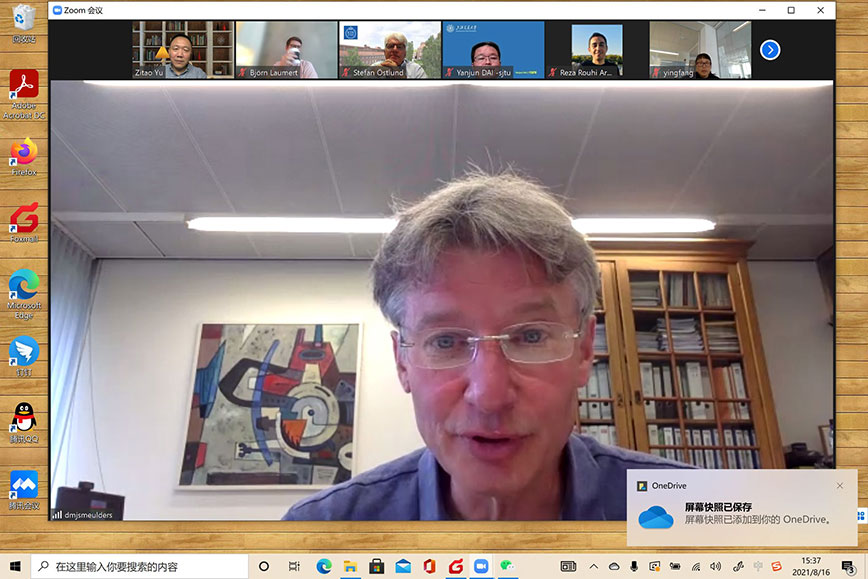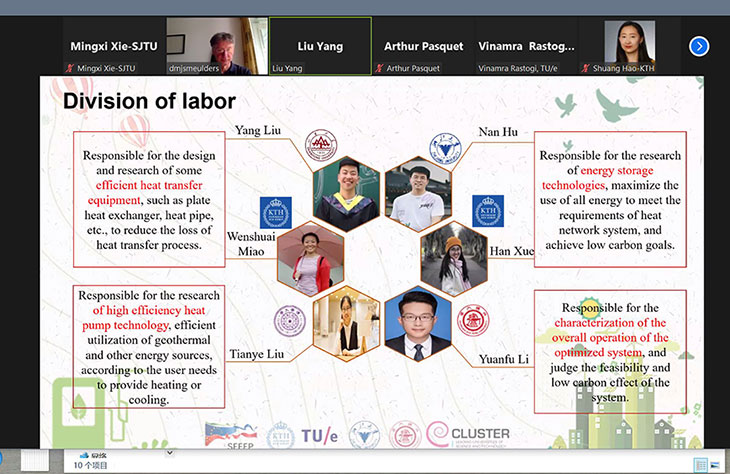Relaunch of SEEEP doctoral college attracts record number of participants

August saw the relaunch of the international summer school for doctorands – the SEEEP High Level Summer School – after a one-year absence due to the pandemic. The new digital format saw record participation of 58 students from 17 universities in Europe and China.
Previously, the SEEEP High Level Summer School was held in Europe and China on alternate years, but this year it was held entirely online. The result was a record high participation of 58 international students. Previously, participation has been limited by, among other things, travel expenses to about 20 doctoral students.

“Next year, we hope to be able to combine the digital format with an actual trip for a small number of doctoral students. We could then continue to have the great impact created by the large number of participants,” says Björn Laumert, professor at the School of Industrial Technology and Management (ITM), responsible for SEEEP at KTH. He is also a member of the Energy Platform reference group.
“We need to develop a better understanding of our different countries’ respective starting points on climate change work, and this is best created by personal contacts.”
The summer school is designed for doctoral students in the energy field and it gives them insights into how their own research can contribute to solving the challenges associated with climate change. At the same time, students gain new contacts and access to an international network of researchers in the energy sector.
Creating new networks
This year’s summer school was based on the theme of energy transition to zero emissions of climate-threatening gases. The two weeks included lectures from universities and companies in the mornings and group sessions in the afternoons. During the group sessions, doctoral students mapped various approaches to reduce emissions, including everything from carbon dioxide capture and storage to the use of biomass and hydrogen. Each group mixed people from different universities and continents to contribute to network building.
“A key goal is to create networks between doctoral students, especially between us in Europe and researchers in China. We need to become better at knowledge transfer so that we can meet climate goals together,” says Laumert.

Knowledge exchange
It is rare that such large doctoral courses with so many participants from different countries are held, says Laumert. Initiatives like this enable the exchange of knowledge between countries and leading energy researchers.
“We get concentrated insight into what other universities and countries prioritize. This year, we saw, among other things, a shift in China’s research towards the development of more methods of capturing and storing carbon dioxide.”
Text: Magnus Trogen Phalén